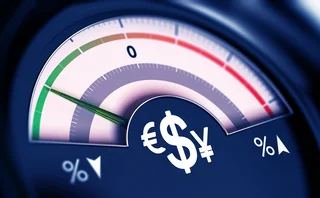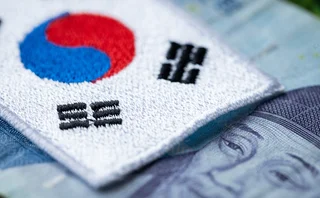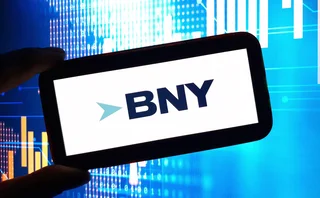
Korea derivatives road map gets lukewarm reception
FSC to introduce exchange-traded derivatives, volatility futures and index futures as part of a plan to boost investor participation in derivatives – but market participants are not convinced

An overhaul of Korea's derivatives market is facing criticism from dealers for being overly restrictive for new products and failing to remove any of the existing impediments that stop the market from growing.
On June 17, the Financial Services Commission (FSC) released a road map for developing the country's derivatives market, in which it outlined various new products it plans to introduce. The latest announcement adds more detail to a strategic blueprint released last November, which sought
Only users who have a paid subscription or are part of a corporate subscription are able to print or copy content.
To access these options, along with all other subscription benefits, please contact info@risk.net or view our subscription options here: http://subscriptions.risk.net/subscribe
You are currently unable to print this content. Please contact info@risk.net to find out more.
You are currently unable to copy this content. Please contact info@risk.net to find out more.
Copyright Infopro Digital Limited. All rights reserved.
As outlined in our terms and conditions, https://www.infopro-digital.com/terms-and-conditions/subscriptions/ (point 2.4), printing is limited to a single copy.
If you would like to purchase additional rights please email info@risk.net
Copyright Infopro Digital Limited. All rights reserved.
You may share this content using our article tools. As outlined in our terms and conditions, https://www.infopro-digital.com/terms-and-conditions/subscriptions/ (clause 2.4), an Authorised User may only make one copy of the materials for their own personal use. You must also comply with the restrictions in clause 2.5.
If you would like to purchase additional rights please email info@risk.net
More on Markets
Does no-hedge strategy stack up for mag seven mavericks?
At Amazon, Meta and Tesla, the lack of FX hedging might raise eyebrows, but isn’t necessarily a losing technique
HKMA’s renminbi repo plans boost hopes for onshore access
Market participants optimistic that new provisions for offshore repos of onshore bonds is first step towards mainland access
Euro swap spread volatility challenges Bund’s hedging role
German Bunds face scrutiny as euro swap spreads turn negative, forcing traders to rethink hedging strategies
UBS sterling rates head departs
Ian Hale left the Swiss bank in December
Bloomberg offers auto-RFQ chat feed – but banks want a bigger prize
Traders hope for unfettered access to IB chat so they can build their own AI-enhanced trading tools
Intrum auction gives CDS buyers minimal payout
Outcome seen as success for market that needed to adjust auction terms amid ongoing restructuring
South Korea’s FX reforms working amid political crisis, dealers say
Martial law presented first test for reforms aimed at boosting deliverable KRW market
BNY hires Deutsche Bank’s Wu to revamp e-trading
New York-based bank is combining e-FX spot, e-FX forwards trading and strats group







